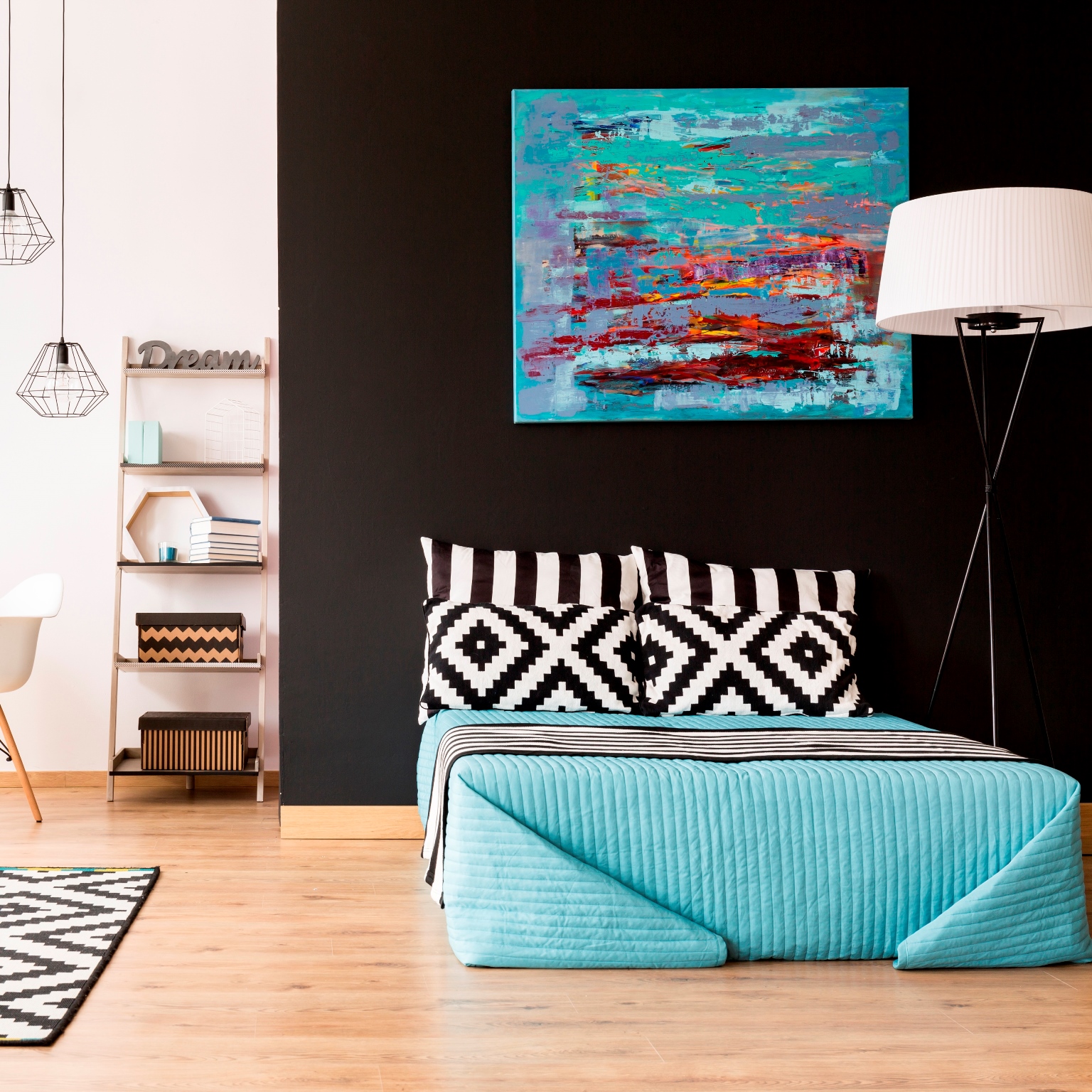Turning Your Home into a Personal Gallery
Owning fine art is more than collecting beautiful objects—it’s about expressing identity, culture, emotion, and vision. Each piece you bring into your home holds a story: a brushstroke that spoke to your soul, a color palette that mirrored a memory, a form that evoked stillness or wonder. But appreciating your art is only half the equation. The way you choose to display it can either enhance its impact or unintentionally diminish its brilliance.
Art deserves more than a random place on the wall. It deserves to be experienced, highlighted, and integrated into your living space in a way that feels intentional and alive. Displaying fine art at home should be both an art form and a design strategy, blending aesthetics with atmosphere. From decorating small apartments to expansive homes, there are countless creative ways to transform your walls and corners into immersive showcases that both honor the artist and reflect your unique taste.
1. Create a Narrative Wall
Instead of a disjointed arrangement, consider building a curated story with your artworks. A narrative wall guides viewers through a visual journey, whether you’re using portraits, landscapes, abstracts, or mixed media. You can arrange the pieces chronologically, thematically, or emotionally—however the narrative flows best.
Pro Tip: Using consistent framing styles or matting choices can give a cohesive feel, even if the pieces differ in size or subject matter.
2. Use Unexpected Spaces
Think beyond the living room. Art thrives in unexpected places—like the kitchen, bathroom, stairwell, or mudroom. These less conventional areas can benefit from a thoughtfully placed painting or photograph, injecting charm, elegance, or a splash of surprise where you least expect it.
Pro Tip: For moisture-prone spaces, opt for sealed framing with UV-protected acrylic instead of traditional glass to prevent damage.
3. Incorporate Lighting Thoughtfully
Great lighting can turn a beautiful piece into a showstopper. Whether it’s a spotlight over a sculpture or a picture light illuminating a painting, proper lighting brings out texture, brushwork, and nuance. Consider layering your lighting: use a combination of overhead fixtures, directional spotlights, and ambient light to create a dynamic and dramatic atmosphere.
Pro Tip: Battery-operated picture lights with remote control are especially convenient—they require no hardwiring, are easy to install, and allow you to adjust brightness or switch artwork highlights on and off with ease.
4. Layer with Purpose
Leaning your art instead of hanging it can feel relaxed, stylish, and surprisingly intentional. Place a large piece against the wall on a mantel, console, or even the floor, then layer smaller works in front to create dimension. This approach is perfect for those who like to rearrange frequently or dislike putting holes in their walls.
Pro Tip: Keep balance in mind—match heavier frames with sturdy surfaces and secure the base with anti-slip pads.
5. Make It Architectural
You can elevate the status of your art by incorporating it into the home’s physical architecture. Custom-built niches, inset walls, or floating panels can frame your artwork like a museum display. These structural integrations give your space a tailored, gallery-like quality.
Pro Tip: Collaborate with an interior designer or architect during remodels to incorporate art spaces early in the planning process.
6. Play with Scale and Height
Scale has an incredible impact on the mood of a room. A single oversized painting can act as an anchor for an entire space, while a series of small, delicate works can invite close-up exploration. Vary the height of your displays for added movement—gallery-style eye-level hanging doesn’t have to be a strict rule.
Pro Tip: Before committing to placement, use craft paper cut to size and painter’s tape to mock up the layout on your wall.
7. Go Beyond the Frame
Fine art isn’t confined to canvases and frames. Consider showcasing textile art, wall sculptures, 3D installations, or mixed-media creations. Incorporating different materials—like metal, wood, or fabric—adds tactile richness and visual intrigue to your décor.
Pro Tip: When combining 2D and 3D pieces, maintain consistent spacing to create a sense of rhythm and order.
8. Rotate Seasonally
One of the most refreshing ways to keep your home dynamic is to rotate your art throughout the year. Just as museums update exhibits, you can shift between bold, warm tones in winter and soft, airy pieces in summer. This rotation keeps your space feeling new and gives your entire collection its time in the spotlight.
Pro Tip: Invest in proper storage solutions—acid-free sleeves, flat files, and a cool, dry environment will protect art not currently on display.
9. Let the Art Define the Room
Instead of decorating around your furniture, start with your favorite piece of art and build the room’s palette and style around it. A moody abstract painting could inspire deep blue walls and velvet textures, while a coastal seascape might lead to breezy curtains and natural wood tones.
Pro Tip: Create a mood board around the artwork with swatches, furniture, and accessory ideas before finalizing your room’s look.
Conclusion: Make Your Art Part of the Living Story
Fine art isn’t just something to be looked at—it’s something to live with. Displaying it in your home isn’t about recreating a sterile gallery space; it’s about weaving creativity, memory, and intention into your everyday life. Every room has the potential to be a stage for beauty and storytelling, whether it’s through a dramatic focal point or a subtle piece that catches the light just right.
The true art of display lies in the harmony between your personal style, the space itself, and the unique voice of the piece. Take risks, mix styles, experiment with lighting, and above all—let the artwork breathe and be felt. When you approach curation as a form of self-expression, your home becomes more than a shelter. It becomes a sanctuary of imagination, emotion, and quiet reverence.
